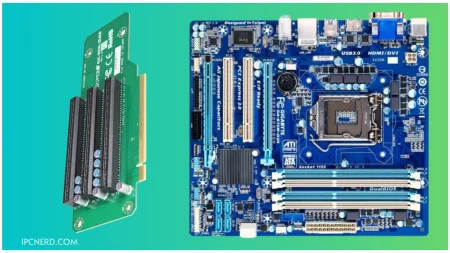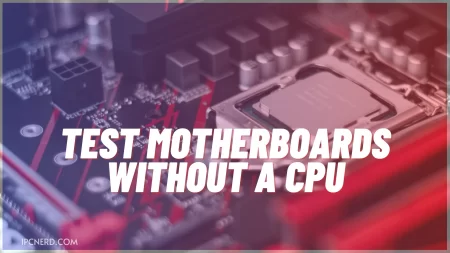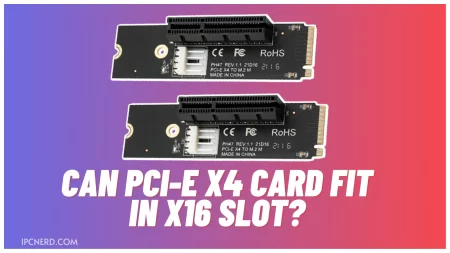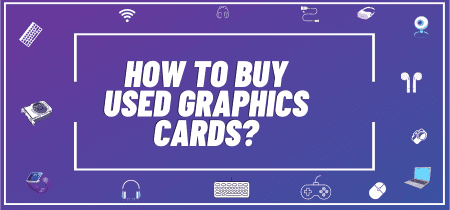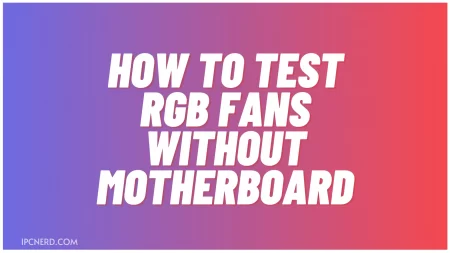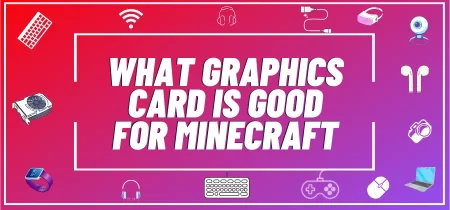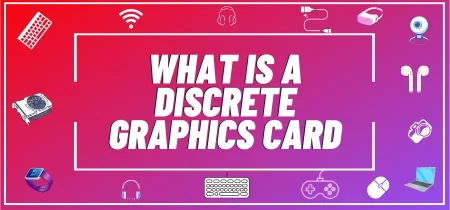Buying a used graphics card is a great way to save money, but it comes with risks. In this article, we’ll go over how to check if the graphic card you’re buying is in good condition to ensure that you don’t end up with something broken or defective.
- How to Check a Used Graphics Card
- Graphics Card
- What to Look For When Buying a Used Graphics Card
- The Worth of A Used Graphics Card
- How to Test a Used Graphics Card for RAM
- How to Check if the Graphics Card is in Good Shape
- How to Test the Readiness of the Graphics Card
- Frequently Asked Questions
- Conclusion
How to Check a Used Graphics Card
You can take a few simple steps to check the condition of your used graphics card before you buy it.
- Check for overheating. If the graphics card is getting too hot, it might need to be in working order. Overheating can damage the card and other components.
- Check for missing or damaged connectors. If there are any missing or damaged connectors, the card may not be able to function properly.
- Check for signs of dust or dirt buildup on the card. This may indicate that the graphics card has been used in a dusty environment and needs to be in working order.
Graphics Card
If you’re buying a used graphics card, there are a few things to look for. The first is the brand and model number. You can usually find this printed on the card or accompanying documentation. Make sure to compare this information against what’s listed in our database.
The second thing to check is the condition of the card. Make sure it looks clean and unscratched, with no signs of wear or tear. Also, check for any defects or abnormalities – these could indicate an issue with the card itself.
Lastly, make sure to test the card using our benchmarking tools. This will give you an idea of its performance capabilities and allow you to decide whether it suits your needs.
What to Look For When Buying a Used Graphics Card
Graphics cards are one of the most important parts of your computer system, and it’s important to ensure you’re getting a good one when you buy a used. Here are some things to look for when buying a used graphics card:
- The card’s specifications. Ensure the card has the specs you need, including the number of cores and threads and its video memory size.
- The condition of the card. Look for cards that have been kept clean and dry, with no scratches or dents.
- The price of the card. Be prepared to pay a higher price for a used car in better condition.
The Worth of A Used Graphics Card
It is important to be savvy when shopping for used graphics cards in today’s economy.
A graphics card is one of the most important pieces of hardware you can buy for your computer; not only does it help speed up the overall performance of your computer, but it also allows you to play high-definition video games and watch HD movies.
When shopping for a used graphics card, you should keep a few things in mind.
The first thing to consider is the age of the graphics card. Graphics cards generally last around 5-6 years before showing signs of wear and tear.
If the graphics card is less than three years old, it is probably still in good condition and may still be eligible for warranty coverage. However, if the graphics card is more than six years old, it will likely not be covered by any warranties and may start to show signs of wear and tear.
Another factor to consider when shopping for a used graphics card is how much memory the card has. Most modern graphics cards have at least 2GB of memory, so make sure you choose a card with enough memory if you plan on using high-definition videos or playing demanding games.
Some older cards only have 1GB or 1GB RAM, so those are not the best options if you’re looking for a budget-friendly option.
Lastly, check the manufacturer’s warranty information before buying a used graphics card. Many manufacturers still offer warranty coverage on their graphics cards even if they are over 6 years old.
How to Test a Used Graphics Card for RAM
If you’re looking to buy a used graphics card, one of the first things you’ll want to do is check for RAM. Graphics cards need a certain amount of memory to function properly, so if there’s not enough memory installed, the card will not be able to run any games or programs smoothly.
To test if there’s enough RAM on a used graphics card, you’ll need to open up your computer’s system tray (where the icons for your internet browser, email, and other programs live). From here, right-click on the icon for “System Information” and select “Properties.”
In the window that pops up, scroll down until you see the line that says “Processor Information.” Underneath this line, you’ll see a number corresponding to your processor. On my computer, it says “3.”
Next, click on the tab that says “Memory” and look at the amount of memory listed beside your processor number. If there isn’t enough memory listed beside your processor number, then there isn’t enough RAM on your graphics card, and you won’t be able to use it with any games or programs.
How to Check if the Graphics Card is in Good Shape
If you are in the market for a new graphics card, there are a few things you can do to ensure you get a good one. The first is to check the reviews online.
Research different sites to see what people have said about the card before making your purchase. Additionally, read the included documentation and look for common problems users have experienced with the card.
The second thing you can do is take the card to a certified technician. Many times, if there are any major issues with the graphics card, they can tell immediately.
Again, research which technicians offer this service before making an appointment. Lastly, always keep your graphics card in a case when not in use, so it doesn’t get damaged.
How to Test the Readiness of the Graphics Card
If you’re considering buying a used graphics card, you can do a few things to ensure it’s ready for use. One way to test the card’s readiness is to run the OpenGL drivers and see if the card can successfully render a basic scene.
OpenGL is a common API used by most modern graphics cards, so if your card can render a scene using the default settings, it’s likely ready for use. However, if the card fails to render the scene, it could indicate issues with its hardware or drivers.
In that case, you’ll need to contact your graphics card vendor or perform further testing to determine what needs to be fixed.
However, even if your card passes the basic OpenGL test, there may be other issues that you should still address before using it in production.
For example, mismatched memory sizes between the GPU and CPU on your computer could cause problems when running complex 3D scenes or games. So always ensure your system specs match those of the graphics card before using it.
Frequently Asked Questions
What are the best ways to check a used graphics card?
There are a few ways to check if a used graphics card is good. You can look at the clock speed, amount of VRAM, and type of GPU. However, some cards might have been modified to achieve better benchmark results. Also, read the reviews before buying a used graphics card because some people have had negative experiences with certain cards.
What are the best graphics cards for gaming?
There is no one answer to this question since different people have different preferences when it comes to gaming. Some people might prefer high-end graphics cards, while others might prefer lower-end cards that are more affordable. Ultimately, the best gaming graphics card depends on your personal preferences.
Conclusion
If you’re looking to buy a graphics card, it’s important to do your research first. Not all cards are created equal and will meet your needs. To help make the process easier, we have explained some tips on how to check if a used graphics card is good enough for your needs.

